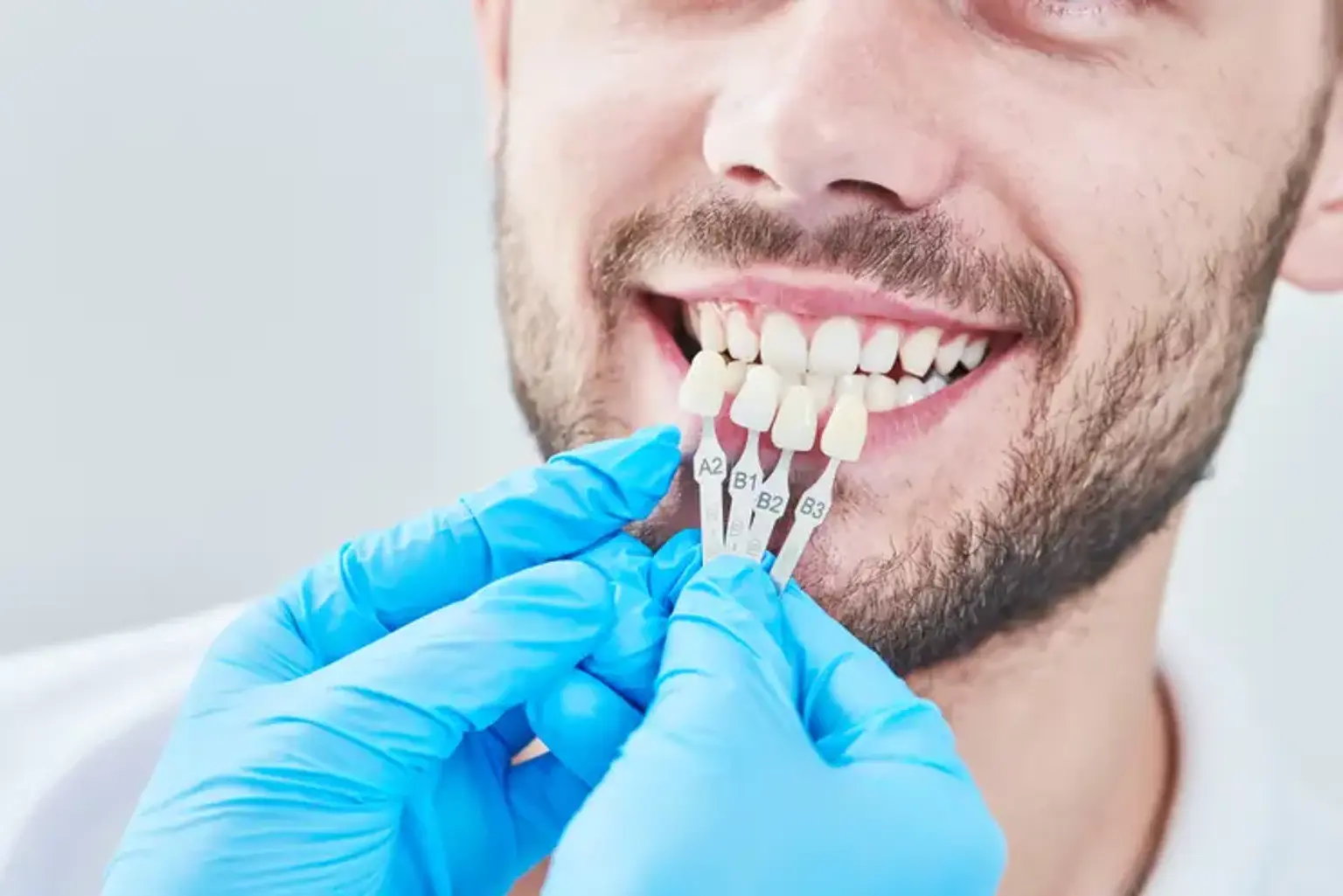Prosthodontics
Dental prosthetics are artificial teeth that are used to replace or repair missing or damaged teeth. They can do a lot more than just brighten your smile. A lost tooth can make it difficult to eat and put you at risk for gum disease. A lost tooth can harm the jaws' bone health and compromise the health of other teeth.
Fixed dental appliances, including crowns and implants, are available, as well as removable devices, such as full or partial dentures, which can be removed as needed.
